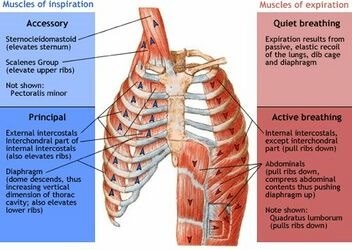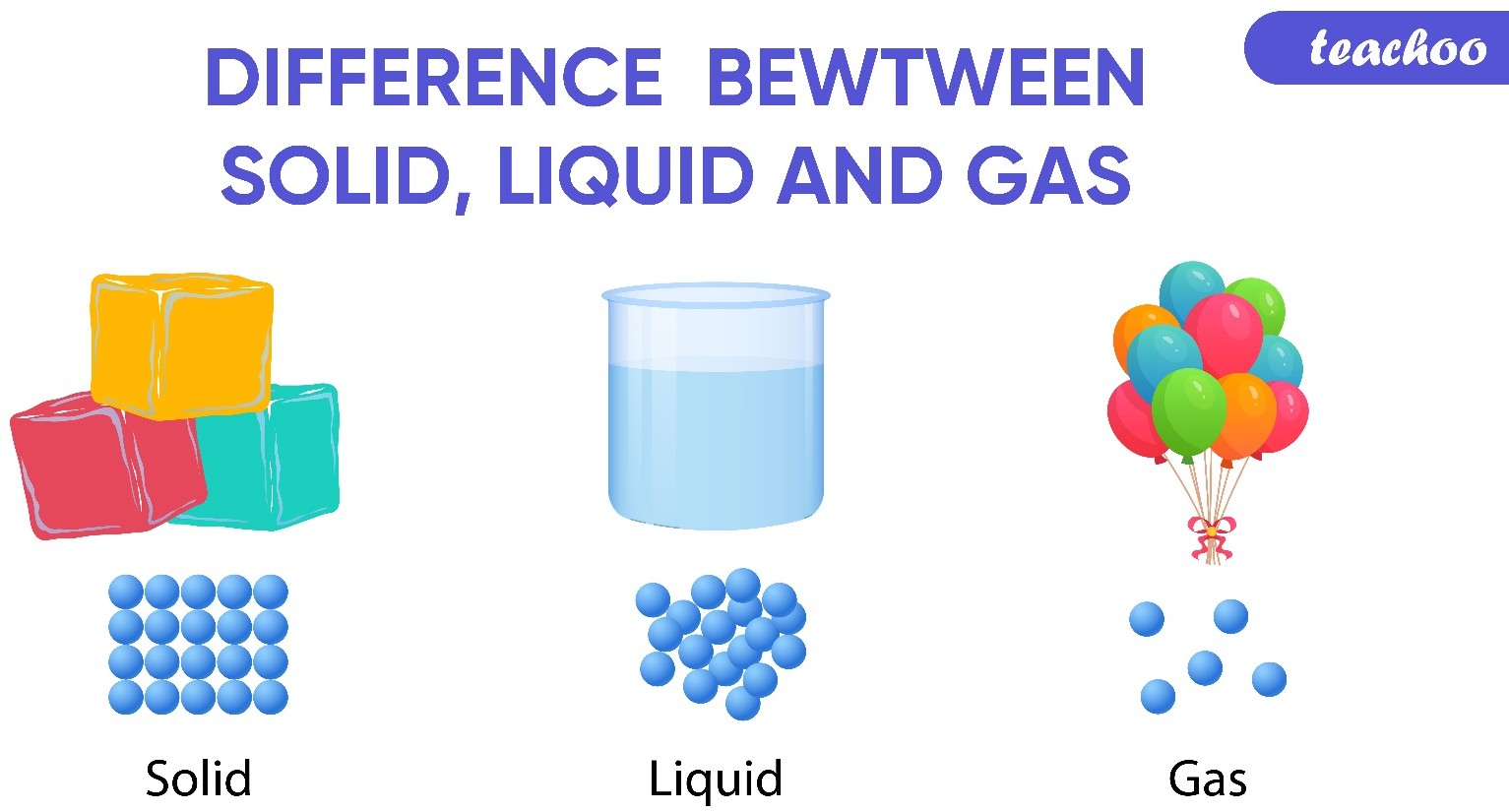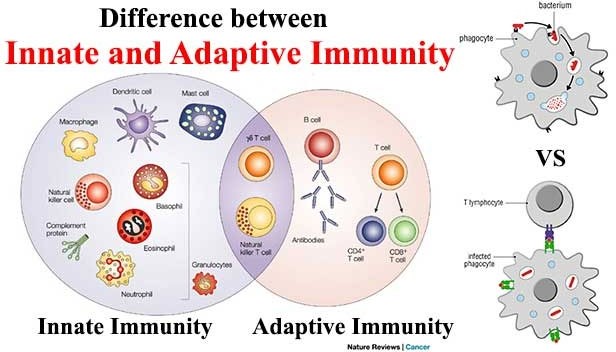What is the name of the dome-shaped muscle that plays a key role in breathing?
A. Diaphragm
B. Trachea
C. Bronchus
D. Alveoli
The diaphragm is a dome-shaped muscle that plays a key role in breathing. It separates the thoracic cavity, which contains the heart and lungs, from the abdominal cavity. When the diaphragm contracts, it moves downward and increases the volume of the thoracic cavity, allowing air to flow into the lungs. When it relaxes, it moves upward and decreases the volume of the thoracic cavity, forcing air out of the lungs.
 |
Therefore, the Correct Answer is A.




